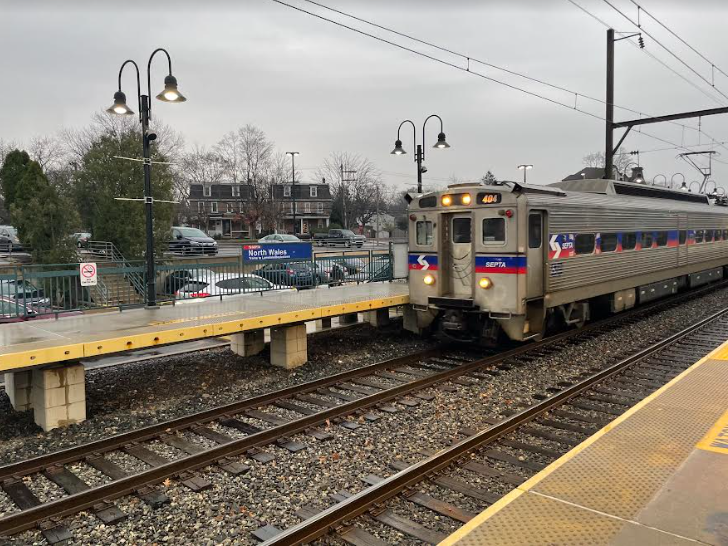We all hate being stuck on Main Street in Lansdale for 5 minutes because the train is stopped at the station. However annoying it may be, SEPTA’s services in the suburbs of Philadelphia are an essential part of how our community runs.
SEPTA was created by the Pennsylvania Legislature in 1963 by absorbing many smaller transportation services in the area into what it is today. SEPTA’s service in the suburbs is often overlooked, but they provide essential services to over 35,000 people that the suburban stations and routes serve.
Today, public transportation in suburbs across the country is limited, but the issue starts with how suburbs were developed. Created wholly around cars, transforming the suburbs would take billions of dollars that nobody is willing to spend. But Septa’s services in the Lansdale area have helped suburbanites commute safely and in a cost-effective way to Philadelphia.
“Sometimes living outside the city feels like a bubble, a lack of access. SEPTA has helped me escape that bubble by connecting me to essentially anywhere I’d like to go.” Senior Muhtasim Sagiv says.
Just like many suburbanites, Sagiv takes the train twice a month to Philadelphia, to visit family and friends, and run errands.
“Having a lot of friends and family in Philly makes being able to get there quickly really important. Kabobeesh, a spot near Drexel, carries a unique blend of South Asian flavors you just can’t find in Lansdale.” Sagiv said.
SEPTA also helps suburbanites commute to Philly sports games, a huge part of Philadelphia culture. “If you’re an Eagles fan, it can be the best day of your life; if not, it will be your worst nightmare taking the train,” Roshan Patel, avid Philadelphia sports lover, said.
But SEPTA also lacks accessibility; as we move to more virtual transactions, SEPTA still doesn’t take Apple Pay on the majority of their routes.
Taking the train over your car eliminates the problems that come with it: traffic. Adding more lanes to I-76 may seem like a solution, but looking at cities like Houston and Dallas with 8-lane highways haven’t stopped traffic before, however, taking trains can. Mass transit also offers moving more people with fewer resources.
Although SEPTA has its problems, it’s a cost-effective solution to transportation problems surrounding how suburbs are built. The services SEPTA has available are underrated and should be used to their full potential. Using public transportation like SEPTA also has its environmental benefits, as using public transportation over private transportation like cars reduces overall pollution per person.
SEPTA serves the Philadelphia area, from Lansdale Station to Jefferson Station at Reading Market Terminal, it’s a vital piece of Philly life. SEPTA is a perfect blueprint for American cities with suburbs to follow.



SJ1 • Dec 5, 2023 at 8:25 am
“Frequency is freedom” is the tag-line coined by Jarrett Walker, a renowned public transportation professional. His consultancy specializes in redesigning bus networks to increase the appeal of public transportation by allocating transit agency resources to routes that can support higher frequencies. SEPTA RRD, while geographically extensive, offers low-frequency service.
Admittedly, regional rail is the most expensive mode of transportation operated by SEPTA on a per vehicle-mile basis. SEPTA needs to convince political leadership to contribute more resources to support higher frequency service throughout the system including RRD. In many other countries, it is understood that transit is an essential public service. Both public and private-sector leadership in this region need to embrace the same mindset.
Willa Magland • Dec 4, 2023 at 3:28 pm
Three cheers for public transit! Septa is great, but we could use some busses around here…